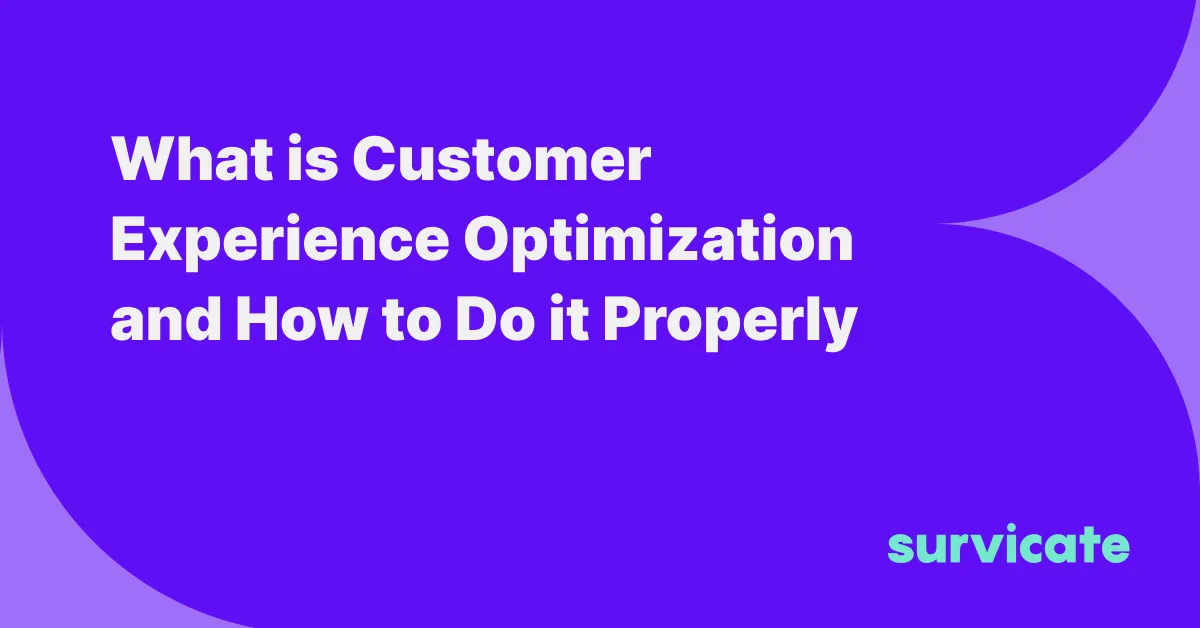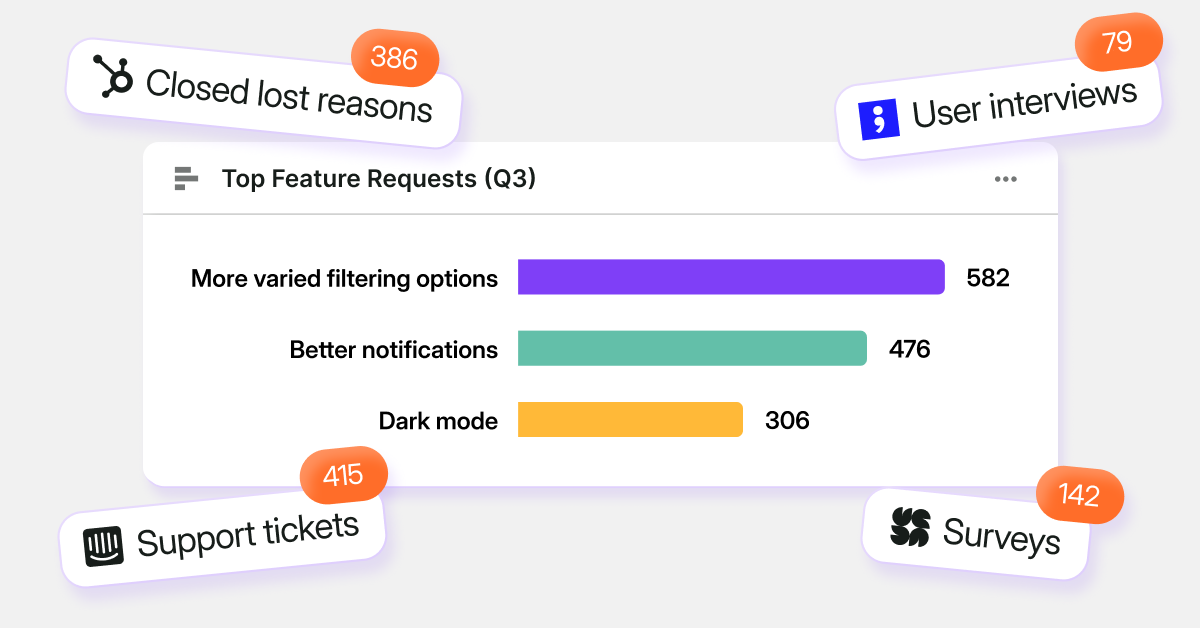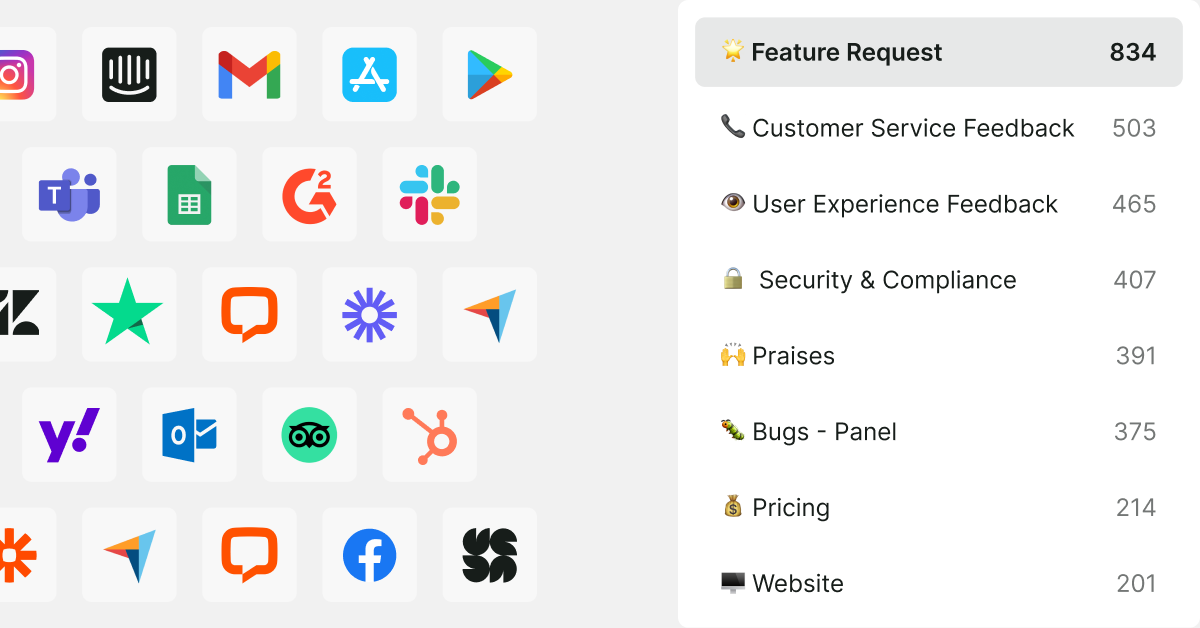In the fast-paced and ever-evolving digital landscape, businesses are constantly challenged to stay ahead of the curve and meet the ever-growing expectations of their customers. The key to thriving in this environment lies in the formulation and execution of a robust Digital Experience Strategy. This comprehensive approach goes beyond just having a website or a mobile app; it encompasses the entire digital journey a customer undertakes with a brand.
In this blog post, we'll explore the importance of a digital experience strategy and delve into the essential components that make it successful.

Understanding the Digital Experience Landscape
The digital experience is not limited to a single touchpoint but involves a series of interactions across various channels. These can include a brand's website, mobile apps, social media platforms, email communications, and more. A digital experience strategy is, therefore, the holistic plan that businesses put in place to ensure a seamless, engaging, and consistent experience across all these touchpoints.
Customer-Centric Approach:
Start by understanding your target audience. What are their preferences, behaviors, and pain points?
Create buyer personas to represent different segments of your audience and tailor your strategy accordingly.
Utilize customer feedback, surveys, and analytics tools to gather insights into their experiences and expectations.
Key Components of a Successful Digital Experience Strategy
User-Centric Design:
Prioritize user experience (UX) design to ensure that your digital interfaces are intuitive, aesthetically pleasing, and easy to navigate.
Conduct usability testing to identify and address any issues that users may encounter while interacting with your digital platforms.
Responsive design is crucial to ensure a seamless experience across devices, be it desktops, tablets, or smartphones.
Personalization:
Leverage data to create personalized experiences for users. This could include tailored content recommendations, personalized marketing messages, or customized user interfaces.
Implement machine learning algorithms to analyze user behavior and preferences, allowing your digital platforms to adapt and provide relevant content in real-time.
Content Strategy:
Develop a comprehensive content strategy that aligns with your brand's identity and resonates with your target audience.
Create a consistent tone and voice across all digital channels to build brand recognition.
Keep content fresh and relevant, and regularly update your digital platforms with valuable information to engage users.
Multi-Channel Consistency:
Ensure a seamless and consistent experience across all digital channels. The transition from your website to a mobile app or social media should feel natural and unified.
Maintain a cohesive visual identity, including logos, color schemes, and typography, to reinforce brand recognition.
Data-driven Insights:
Implement robust analytics tools to gather data on user interactions, preferences, and behaviors.
Utilize this data to make informed decisions, optimize digital experiences, and identify areas for improvement.
Regularly review analytics reports and adjust your strategy based on the insights gained.
Integration of Emerging Technologies:
Stay abreast of technological advancements and consider their integration into your digital experience strategy.
Technologies such as augmented reality (AR), virtual reality (VR), or voice interfaces can enhance user engagement and set your brand apart in the digital landscape.
Security and Privacy:
Prioritize the security and privacy of user data. Implement robust security measures to protect sensitive information.
Clearly communicate your data privacy policies to build trust with users.
Agile Approach:
Embrace an agile methodology to adapt quickly to changing market conditions, user preferences, and technological advancements.
Regularly review and iterate on your digital experience strategy to stay ahead of the competition.
Measuring Success and Iterating
A successful digital experience strategy is not static but evolves over time. To measure the effectiveness of your strategy, consider the following metrics:
User Engagement:
Track metrics such as page views, time spent on site, and click-through rates to gauge user engagement.
Monitor social media interactions and user-generated content as indicators of audience engagement.
Conversion Rates:
Measure the conversion rates of key actions on your digital platforms, such as completing a purchase, filling out a form, or subscribing to a newsletter.
Identify any bottlenecks in the conversion funnel and optimize accordingly.
Customer Satisfaction:
Utilize surveys, feedback forms, and online reviews to gauge customer satisfaction.
Address any negative feedback promptly and use positive feedback to reinforce successful aspects of your digital experience.
Retention Rates:
Measure customer retention rates to understand how well your digital experience strategy fosters customer loyalty.
Identify patterns in user behavior that correlate with higher retention and adjust your strategy accordingly.
ROI:
Assess the return on investment (ROI) of your digital experience strategy by comparing the costs associated with its implementation against the generated revenue and other business outcomes.
Real-world Examples of Effective Digital Experience Strategies
Amazon:
Amazon's digital experience strategy revolves around personalization. The e-commerce giant uses data analytics to recommend products based on users' browsing and purchase history.
The seamless transition between devices and channels ensures a consistent experience, while features like one-click purchasing simplify the user journey.
Netflix:
Netflix leverages machine learning algorithms to analyze user preferences and deliver personalized content recommendations.
The platform's intuitive interface and easy navigation contribute to a positive user experience, encouraging subscribers to continue using the service.
Apple:
Apple focuses on creating a unified experience across its ecosystem of devices and services. The seamless integration between iPhones, iPads, Macs, and services like iCloud provides a cohesive and user-friendly experience.
The Apple brand is synonymous with design excellence, contributing to a positive perception of its digital products and services.
Challenges and Future Trends
Data Privacy Concerns:
As consumers become more aware of data privacy issues, businesses need to navigate the challenge of providing personalized experiences while respecting user privacy.
Striking the right balance between personalization and data protection will be crucial in the coming years.
Emergence of Voice and Conversational Interfaces:
With the rise of virtual assistants and smart speakers, optimizing digital experiences for voice and conversational interfaces will be a key trend.
Businesses should explore incorporating voice search optimization and conversational user interfaces into their digital strategies.
Artificial Intelligence (AI) and Machine Learning (ML) Advancements:
Continued advancements in AI and ML will enable more sophisticated personalization and automation in digital experiences.
Businesses should stay informed about these technologies and explore how they can enhance user interactions and streamline processes.
Cross-Channel Integration:
The trend towards seamless integration across channels will persist, with users expecting a unified experience as they transition between devices and platforms.
Businesses should prioritize strategies that facilitate a cohesive and interconnected digital journey for their customers.
Conclusion
In the dynamic landscape of the digital era, a well-crafted digital experience strategy is not just a competitive advantage but a necessity. Businesses that prioritize user-centric design, personalization, content strategy, and multi-channel consistency are better positioned to meet the evolving expectations of their audience. By embracing data-driven insights, integrating emerging technologies, and maintaining








.webp)






.svg)

.svg)



